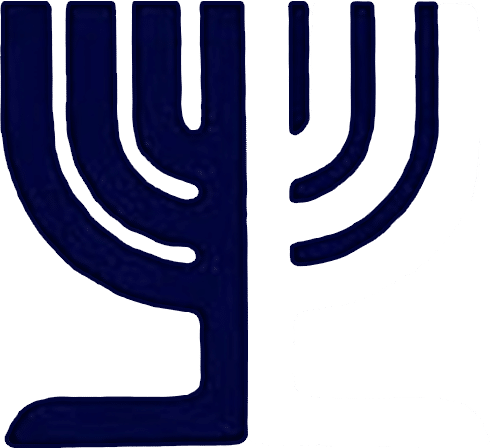The Temple Israel Jewish Cemetery, located in Paducah on Highway 45 (Lone Oak Road) south toward Mayfield, is of significant historical significance. It has been in use since the 1850s and has over 400 gravesites.

A low wrought iron fence and gate surround the Temple Israel Cemetery. The number of large markers and mausoleums near the front fence distinguish the Temple Israel Cemetery from the adjacent and much larger Mount Kenton Cemetery. Graves are placed together rather closely, especially in comparison to those in Mount Kenton.
The Temple Israel Cemetery grounds are very well maintained. Because of the size and variety of markers, it gives one the impression of a traditional “Old Country” cemetery. Although some burials occurred during the Civil War era, most older markers date from the 1870s and 1880s. A number of these also have partial inscriptions in German, Hebrew, or Yiddish. Even on the older stones, Jewish symbols are rare. Victorian symbols and art such as sleeping lambs are common. The earlier stones often list the birthplace of immigrants such as the southern German towns of Hechingen and Hohenzollern. The place of death is also listed on numerous markers, recording that Jewish settlers from other towns in southern Illinois and western Kentucky were buried in Temple Israel Cemetery.
Many of these early markers are in good condition; most inscriptions are legible. Most graves seem to be arranged in family plots, although there are quite a few single burials. Around 1900, families set up large mausoleums while others began to use a standardized flat-to-the-ground slab or ledger as a marker. These slabs were rather plain and never displayed Jewish symbols, Hebrew letters, or any information beyond names and dates. More recent stones are typical contemporary Jewish headstones with some Hebrew symbols.
For more on the Temple Israel Cemetery, click here.
